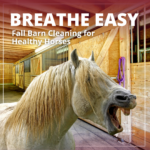
Fall Barn Cleaning for Winter Respiratory Health
Prioritizing Respiratory Health as Horses Spend More Time Indoors As the temperature drops and horses begin to spend more time indoors, it’s ...
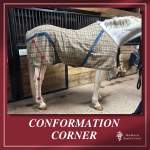
CONFIRMATION CORNER: The Post-Legged Horse
Post-legged horses (1st image) often have a lack of flexibility in their hind legs and stand in an up-and-down “post” position, rather ...
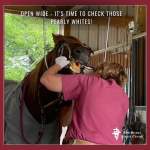
The Warnings Signs of A Tooth Abscess In Horses
Why should you learn the warning signs of a tooth abscess in horses? An equine tooth abscess is a severe condition that ...
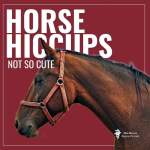
Horse Hiccups (Thumps) Explained
Horse Hiccups (Thumps), also called synchronous diaphragmatic flutter (SDF), is a condition that affects horses when the diaphragm and the heartbeat synchronize ...
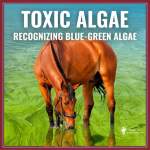
HOW TO RECOGNIZE BLUE-GREEN BACTERIA (Blue-green Algae)
Blue-green bacteria in natural bodies of water produce toxins that affect horses’ nervous systems and liver. TIPS TO IDENTIFY BLUE-GREEN BACTERIA (ALGAE) ...

Equine Emergency Care vs Urgent Care
Mid-Rivers provides 24-hour emergency care and wellcare, but there is an intermediate level of service – urgent care. Recognizing the difference between ...
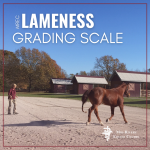
Horse Lameness Grading Scale Explained
When a veterinarian evaluates a horse for lameness, its degree of lameness is graded on a scale from 0-5, often referenced in ...
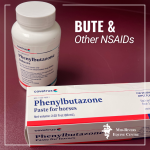
Prescribing Bute or Other NSAIDs (Non-Steroidal Anti -inflammatory Drugs) To Horses
The acronym NSAIDs, stands for non-steroidal anti-inflammatory drugs. It includes; Bute, Banamine, Equioxx, Asprin, and DMSO, to name a few, and are ...
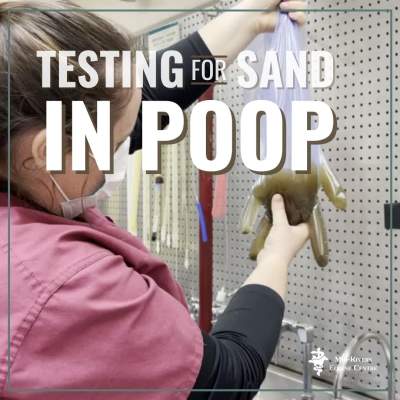
How To Test For Sand In Horse Manure
Sand, or tiny rocks, caught in the large intestine, can cause irritation, colic, or complete obstruction. Horses feed on the ground in ...
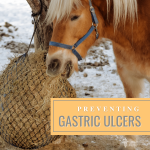
How To Prevent Gastric Ulcers
The presence of gastric ulcers in horses is astronomical. Estimates of 60% of horses and upwards of 90% of racehorses suffer ulcers ...